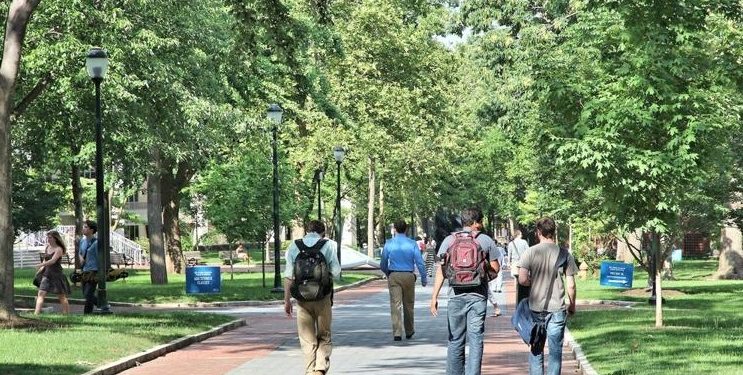By Christina Lengyel | The Center Square contributor
(The Center Square) – Leaders of Pennsylvania’s four state-related universities told lawmakers this week that without more support, they’ll make up the missing funding through tuition increases.
The University of Pittsburgh, Penn State University, Temple University and Lincoln University testified that declining enrollment and struggles to keep graduates in Pennsylvania means that Gov. Josh Shapiro’s 7.1% funding increase won’t be enough to stave off future hikes.
“Pennsylvania is going to be feeling the demographic cliff,” said Pitt Chancellor Patrick Gallagher. “It really hits the universities in 2026.”
In total, the administration wants to spend $607 million supplementing the four institutions – or $43.6 million more than the entire allocation offered to Pennsylvania’s 10 state-run universities, where tuition is roughly $5,000 lower on average.
The state system hasn’t raised tuition in four years, but needs roughly $10 million more than what the administration has offered to cover inflationary strain and still keep the rates frozen, The Center Square previously reported.
Even still, all public colleges and universities across the state see enrollment declines as their main foe. And it’s an issue that will only reverberate across the economy, as a shrinking population of working-age residents makes it harder and harder for the state to fund programs and services.
“We are like siblings, so we can have sibling rivalry, but we all need to work together for Pennsylvania,” Bendapudi said.
A key focus of the universities is attracting businesses to employ graduates and working with communities to create a healthy pipeline from college life to the workforce. Penn State boasts 19 campuses, Bendapudi said, allowing students to receive degrees carrying the weight of the university’s reputation while living and working across the state. She estimated that 90% of residents live within thirty minutes of a campus.
The state has not boosted funding to the four universities since 2019, according to budget documents. Last year, state-run colleges received a 15% supplemental increase.



